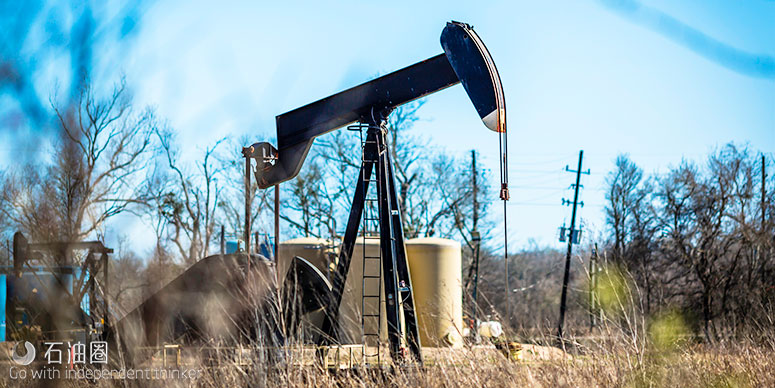AUTOMATION AND CONTROL EFFICIENCIES
The costs to power artificial lift systems can be significant and overtime can represent the highest cumulative cost of pumping a well. Additionally, artificial lift control systems have become increasingly important to operators since production downtime for any reason is extremely costly.
Universal controller multiplies the benefits of independent RTUs
Weatherford’s WellPilot ONE controller (Fig. 9) centralizes the management of all oilfield equipment to a single piece of hardware, enabling integrated, full-field asset monitoring and optimization for the life of the asset.
Typically, automating a producing field requires a variety of controllers and remote terminal units (RTUs) installed on different wells. Each controller independently collects, stores, and transfers data in near real time. Even when deployed on a well-by-well basis, automated control has significant benefits, including the ability to reduce energy use and maximize component service life.
In Colombia, an operator had a field with high gas-to-liquid ratio (GLR) and limited space available for surface equipment. After conducting a field analysis, the operator decided that a reciprocating-rod lift (RRL) system was the best alternative solution for the field, based on the space limitations and previous field conditions. In addition to the RRL system, WellPilot rod pump controllers provided continuous monitoring of well conditions. These newly installed systems eliminated most failures due to artificial-lift equipment, and ran for more than 800 days without intervention. A review of the client investment-versus-cost balance enabled continuing development in a new field.
These advantages in visibility and efficiency are exponentially increased by enabling the simultaneous monitoring and optimization of multiple wells, using various forms of artificial lift, from a single interface. The WellPilot ONE controller leverages edge computing and the “industrial internet of things” to streamline optimization throughout the productive life of the field.
This universal, life-of-well controller can be installed as soon as a well begins flowing and remains active as the well transitions from one form of lift to the next. For example, to switch from flowing to gas lift, the only change required of the operator is to obtain the appropriate software license. The same principle applies when the well transitions to the next form of lift, with the same controller remaining in place.
By avoiding changes to the monitoring-and-control infrastructure, the WellPilot ONE controller facilitates smooth lift transitions and significantly minimizes downtime. Compared to purchasing new controllers for each transition on each well, this universal solution saves approximately 50% in hardware and software expenses over the life of the field.
The controller includes built-in, advanced logic for electronic flow measurement and process control, and it is scalable for operations of all sizes. Other capabilities include oil, gas and water measurement; tank-level monitoring; well testing; hazardous-substances monitoring; and well control and shutdowns.

 石油圈
石油圈

